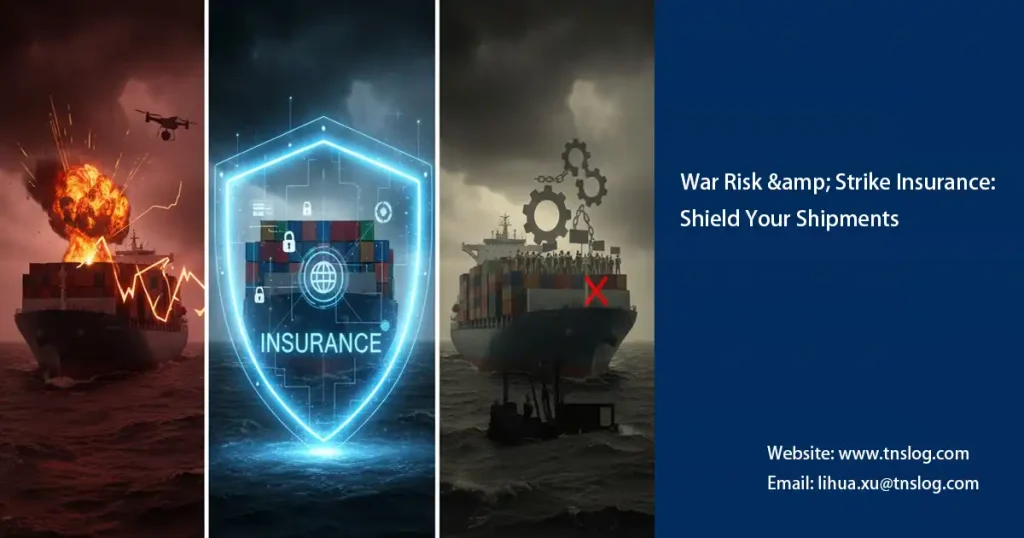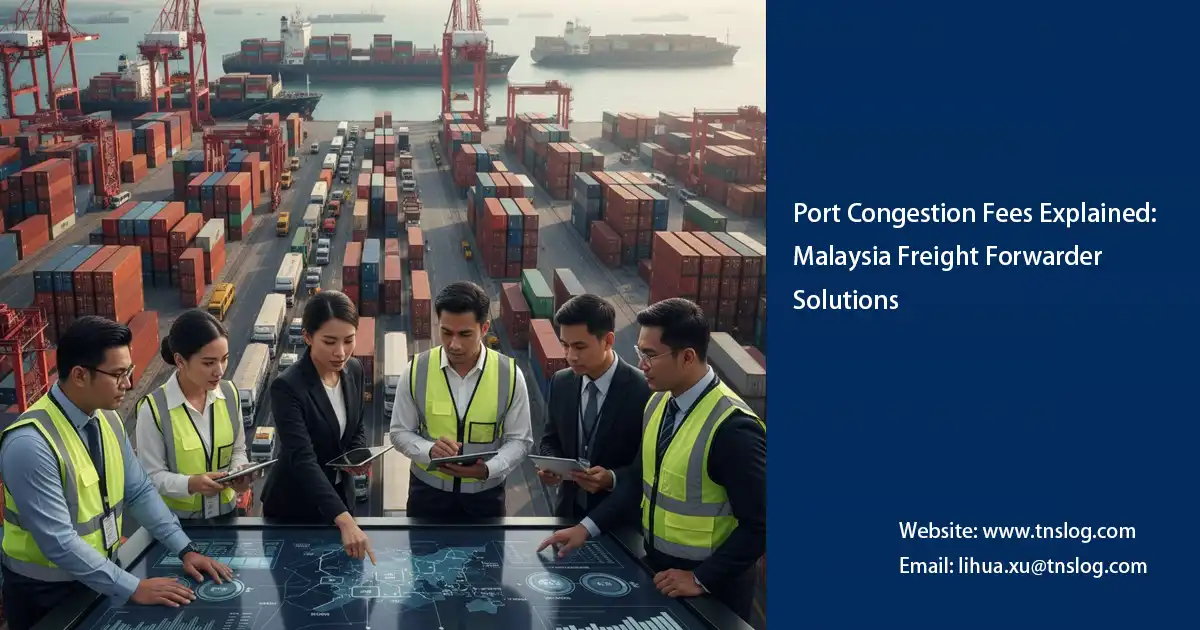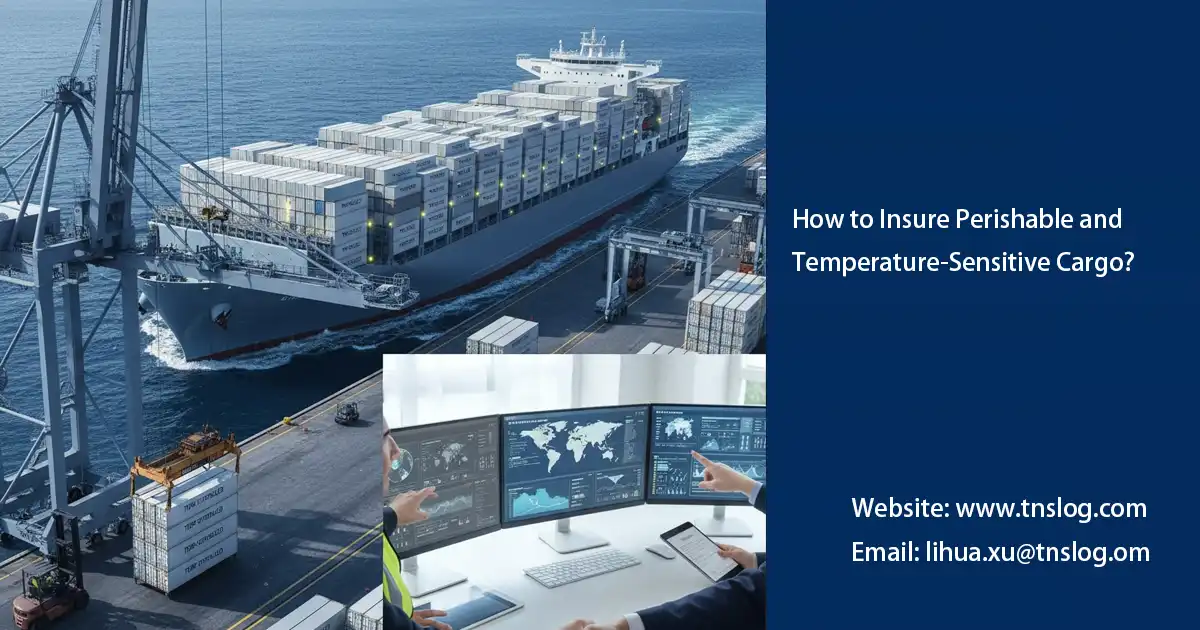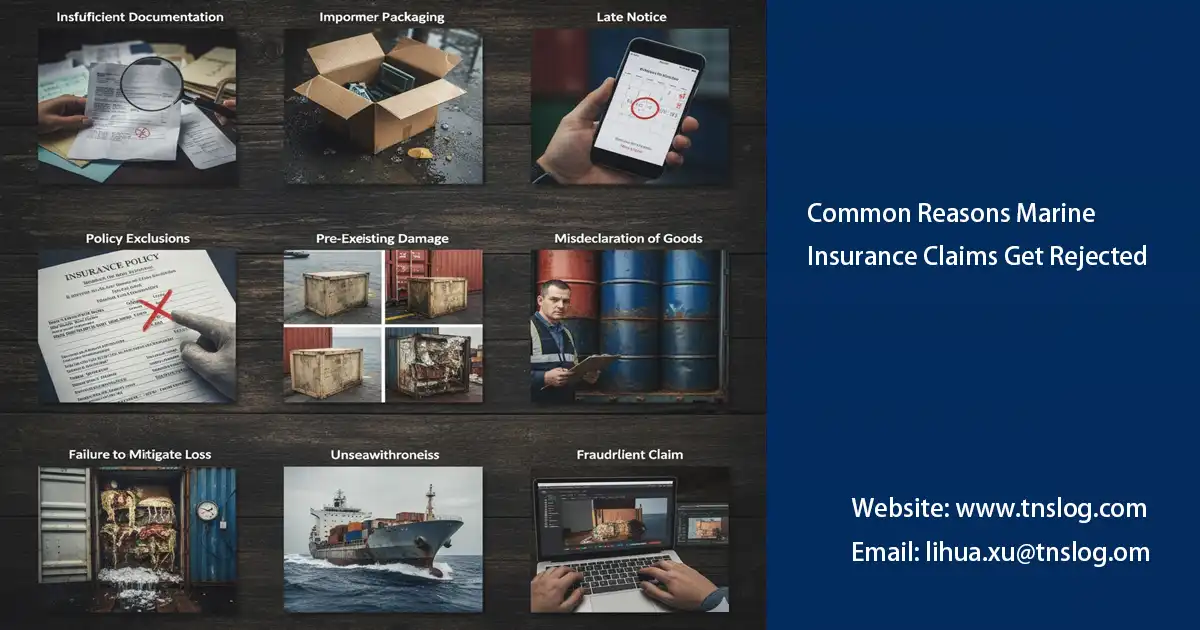War Risk & Strike Insurance: Shield Your Shipments
From the Red Sea crisis to European port strikes, the global shipping industry is experiencing unprecedented turmoil.
While your cargo is adrift at sea, a sudden conflict or port blockade can bring the entire supply chain to a standstill. For exporters, freight forwarders, and import/export traders, this not only means delays but also potentially leads to contract breaches, capital constraints, and even customer loss.
Against this backdrop, the importance of war risk insurance and strike insurance is growing. They are no longer just add-on clauses; they are now crucial safeguards for maintaining shipping stability and corporate credibility.

1. Maritime risks are changing – traditional insurance can no longer cover new threats
In the past, shippers typically purchased only standard marine cargo insurance for their goods. These policies, which mostly adhere to the internationally accepted ICC A/B/C clauses, focus on “non-man-made” risks such as natural disasters, fire, collision, and capsizing. However, political conflict, acts of war, strikes, and civil unrest are often explicitly excluded.
This means that if a shipping route is suddenly designated a “war zone” or the port of destination is closed due to a labor strike, even if the cargo is delayed or damaged, standard insurance companies may refuse to pay.
As a result, more and more freight forwarders and exporters are taking out additional war risk and strike insurance to ensure they can still receive financial compensation in special circumstances.
Want to learn more about standard marine insurance coverage?
👉 How Marine Cargo Insurance Works in International Trade?
2. What exactly does war risk and strike insurance cover?
War risk insurance and strike insurance were created to fill gaps in the standard insurance system.
They target extreme risks with low probability but high losses—such as war, terrorism, civil unrest, and labor strikes.
War risk insurance typically covers losses caused by war, insurrection, terrorist attacks, or maritime explosives. For example, if a ship transiting high-risk areas (such as the Red Sea or the Black Sea) is forced to divert, be delayed, or be damaged due to conflict, the insurance company will provide compensation.
Strike insurance, on the other hand, focuses on transport disruptions caused by industrial action and social unrest. Port strikes, warehouse disruptions, and cargo holdups are all covered. For businesses with tight shipping deadlines and demanding customers, strike insurance can effectively mitigate business losses caused by delays.
In other words, these two types of insurance together form a “reinforced defense,” enabling businesses to maintain supply chain resilience even in extreme circumstances.
3. Real Case: Millions of Dollars in Losses Caused by a War Risk
In 2024, a Malaysian exporter of electronic components shipped to Europe during the Red Sea crisis. Due to a sudden conflict in shipping routes, the ship was forced to reroute south of Suez, increasing shipping times by three weeks. The customer ultimately canceled the order, resulting in losses for the company totaling $800,000.
Although the company had purchased standard marine cargo insurance, the insurance company refused to pay due to the exclusion of “war risks” in the clauses. Had they purchased additional war risks insurance, the losses would have been fully covered.
This case is not an isolated one. In recent years, wars, blockades, and strikes have become frequent, and insurance is the only risk management tool available to businesses.
4. Who needs war risk and strike insurance most?
While not all shipping routes fall within high-risk areas, this type of insurance is almost essential for the following types of customers.
- If you frequently import or export to Middle Eastern or African countries, with shipping routes passing through areas prone to political conflict, such as the Red Sea and the Mediterranean;
- Your cargo frequently transits through major ports in Europe or the Americas, regions that have seen frequent strikes in recent years;
- Your company transports high-value products, such as machinery and equipment, chemicals, electronic components, or precision instruments.
In these situations, war risk and strike insurance can provide a critical financial buffer for your business.
👉 Further reading: Marine Insurance for High-Value Cargo
5. Choosing the right insurance plan: three key points
When purchasing war risk and strike insurance, companies should focus on three key areas.
First, understand the insurance company’s definition of a “war zone.” Different insurance companies regularly update lists of high-risk areas, so be sure to confirm whether your route is included.
Second, carefully review the exclusions in your policy. Some policies exclude “political unrest” or “economic sanctions-related risks” from coverage, so be sure to clarify this before purchasing.
Finally, evaluate the claims process and payment timelines. In practice, a quick claims response often reflects the value of insurance more than the amount of compensation.
For companies with high-value cargo or complex routes, it is recommended to adopt a combination of “war risk + strike insurance + high-value cargo insurance” to establish a more comprehensive protection system.
You may also be interested in
Have Anything To Ask Us?
Please fill in your email in the form and we’ll get back to assist you soon!




